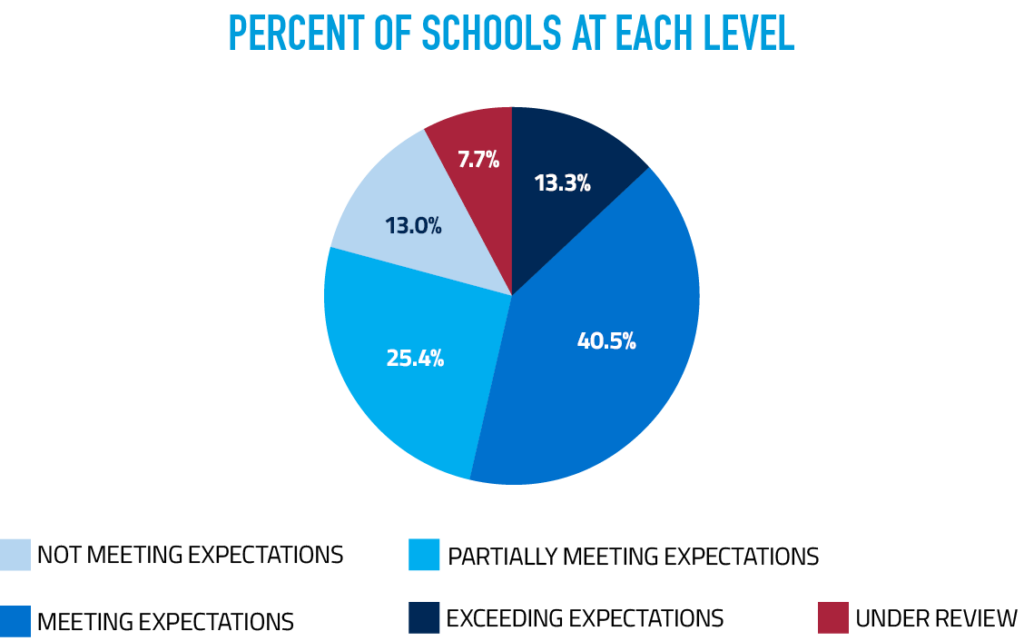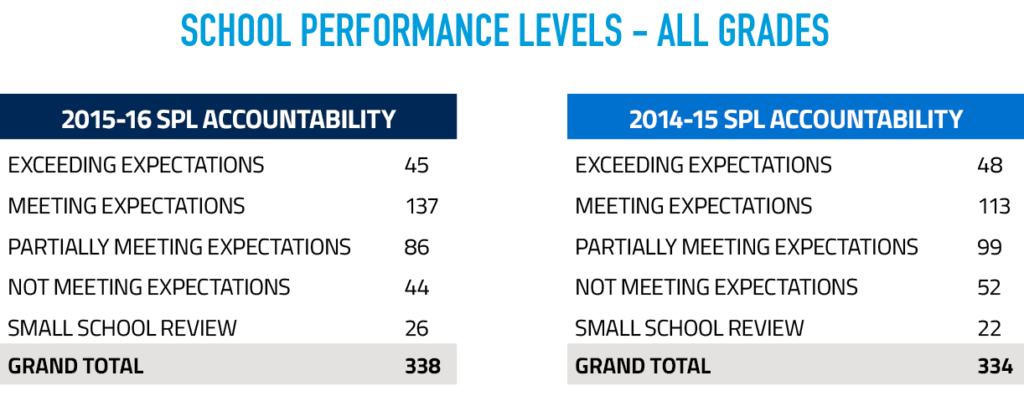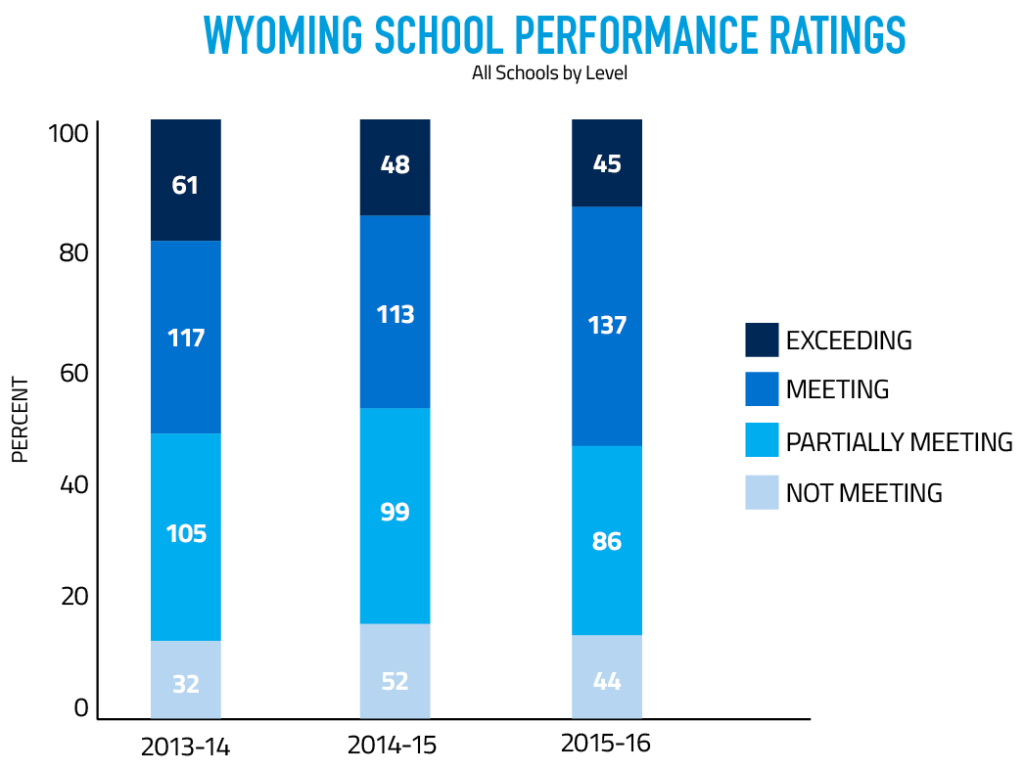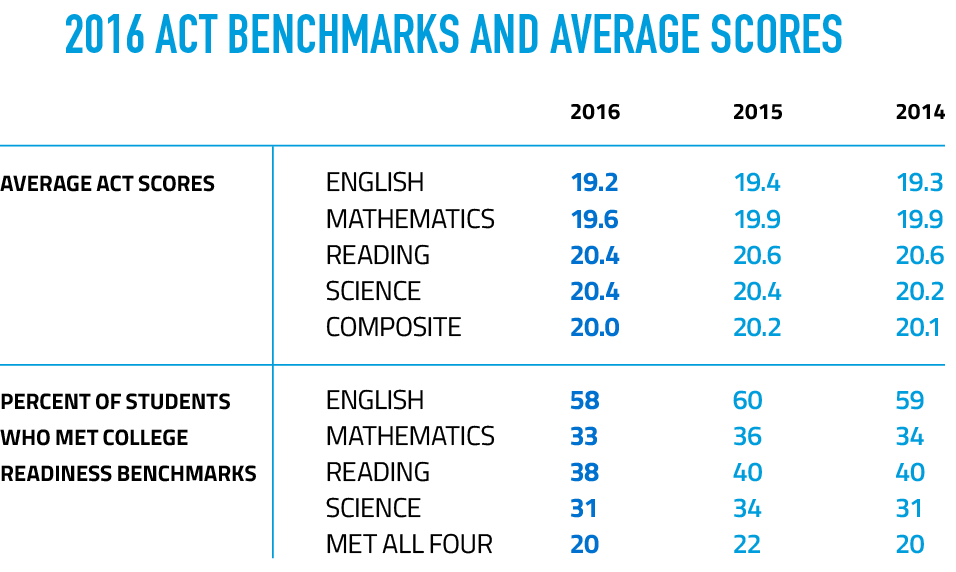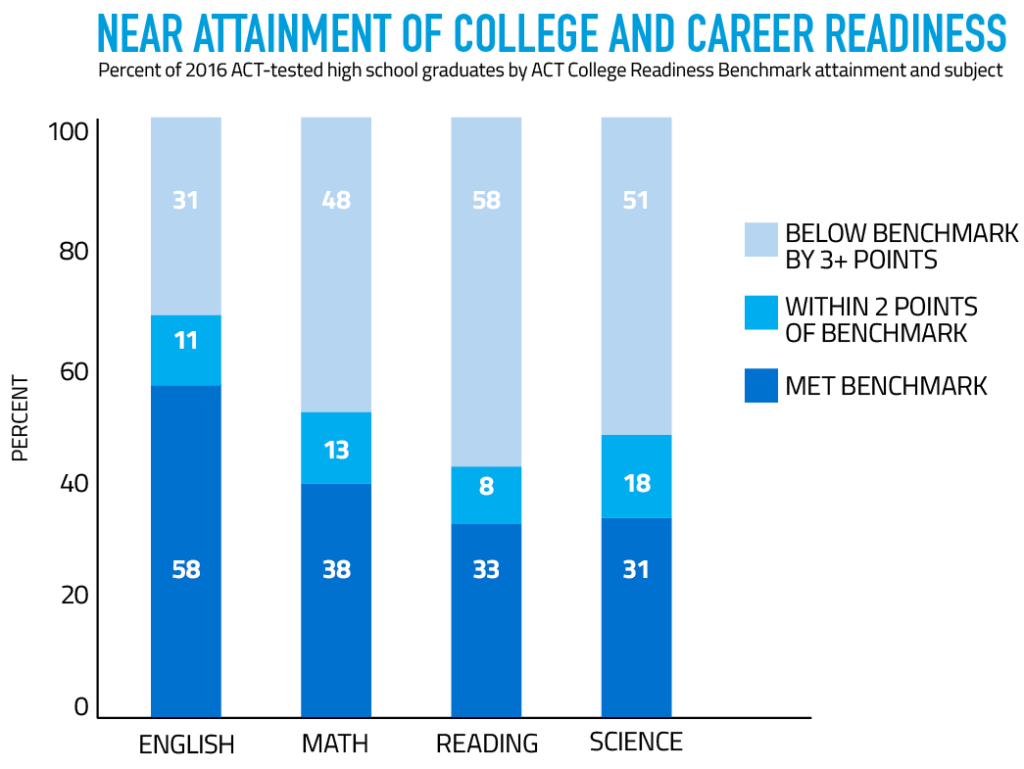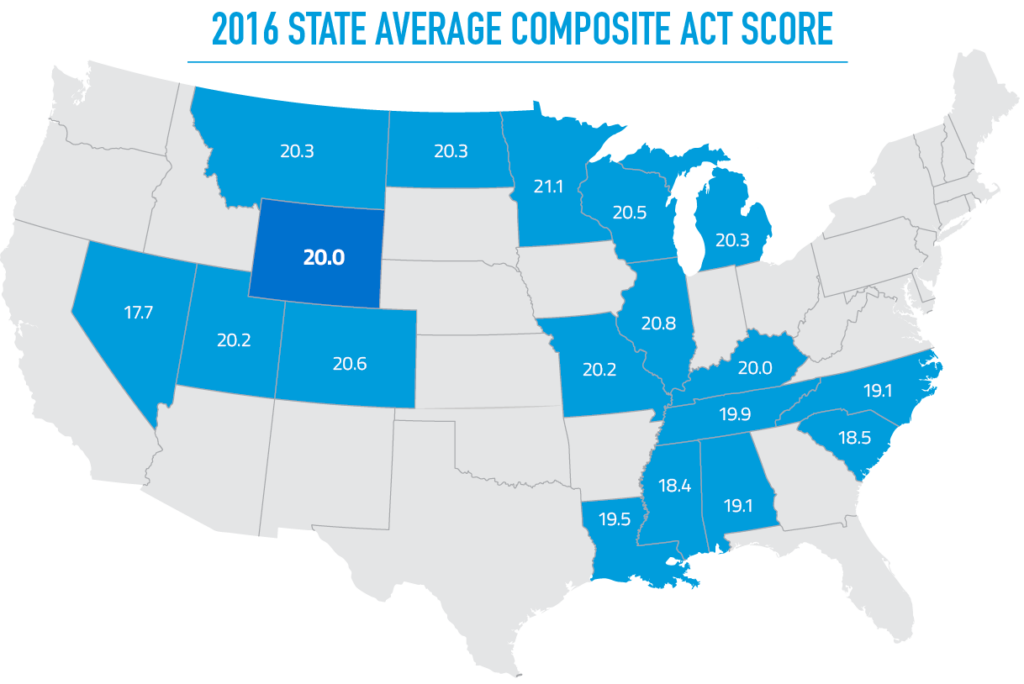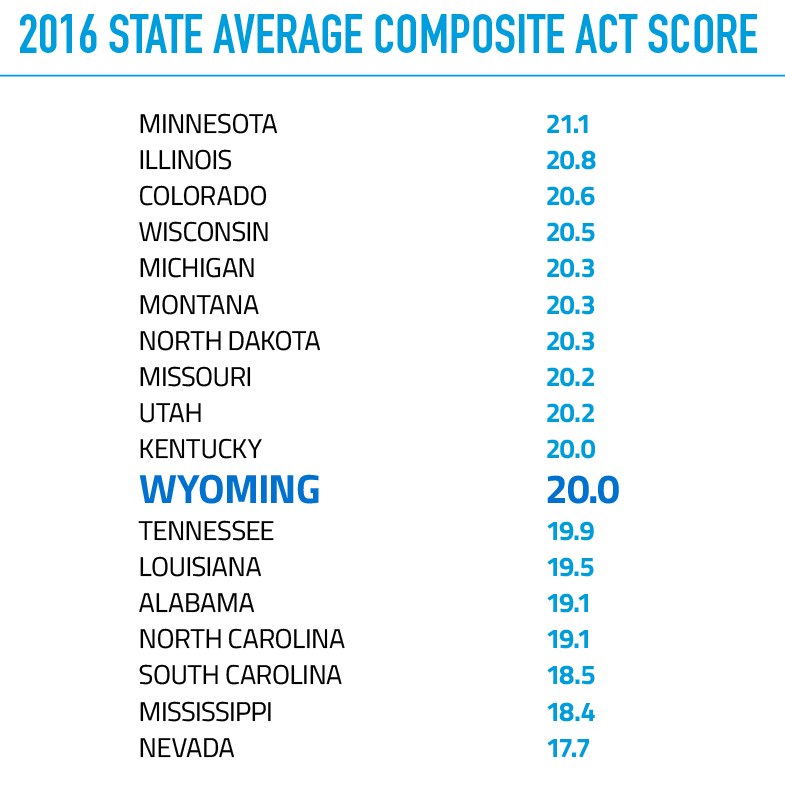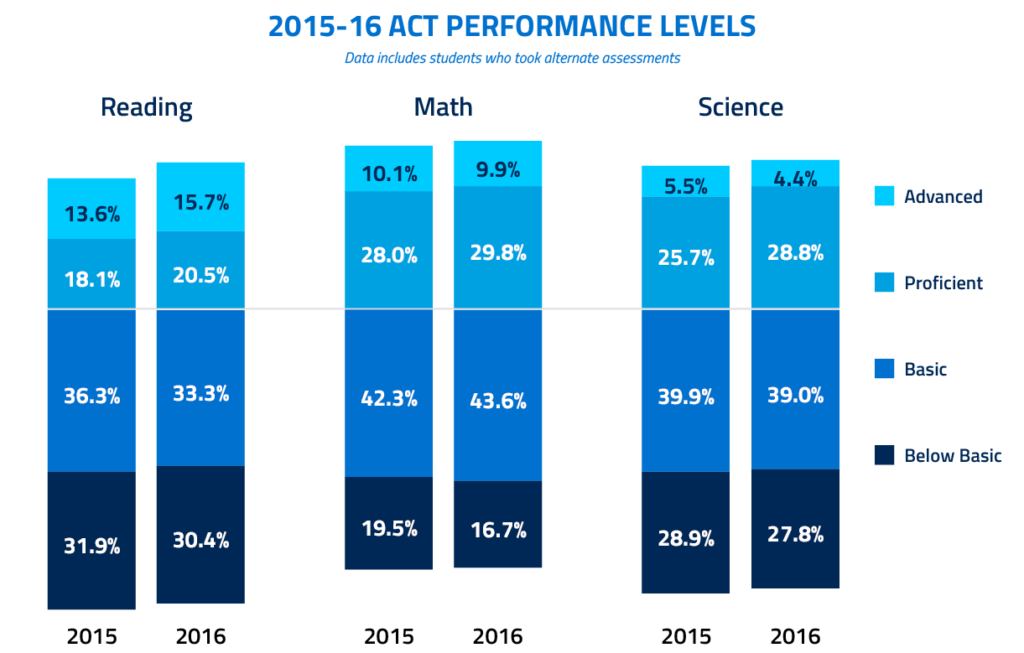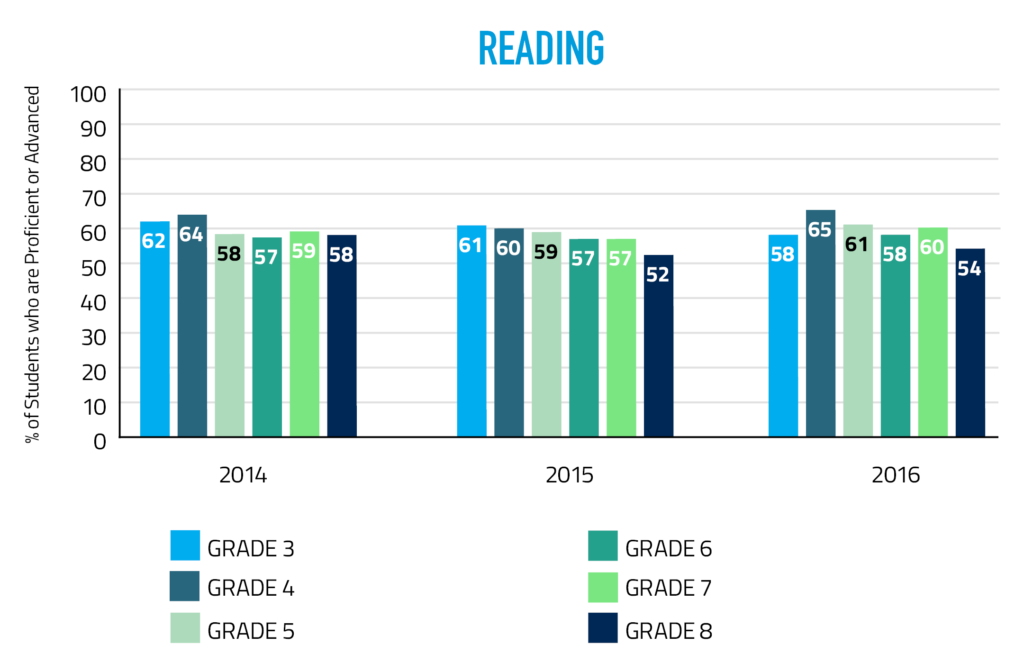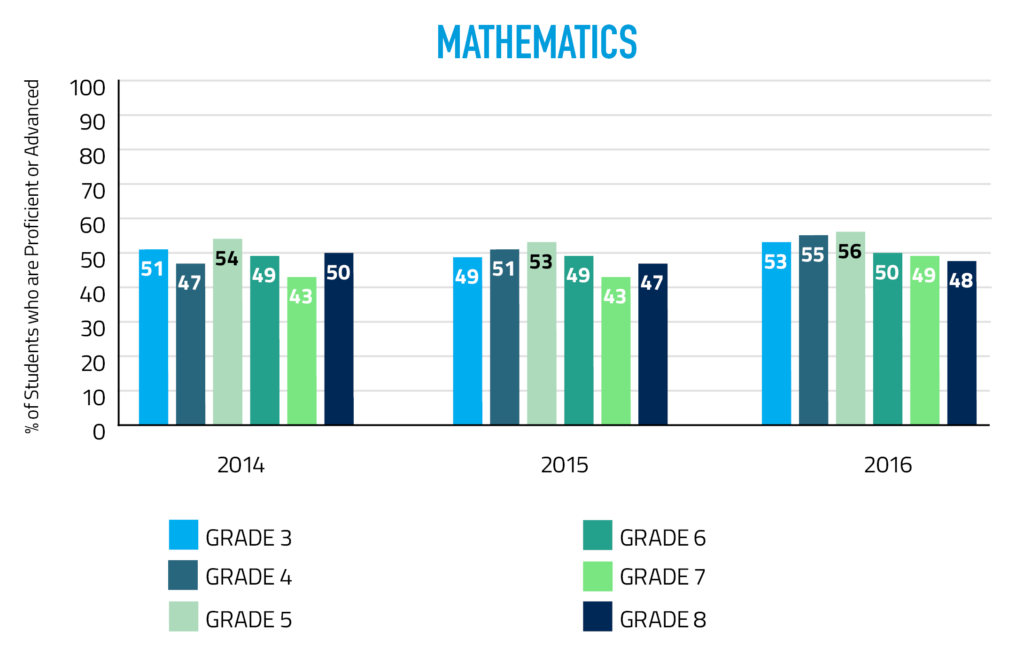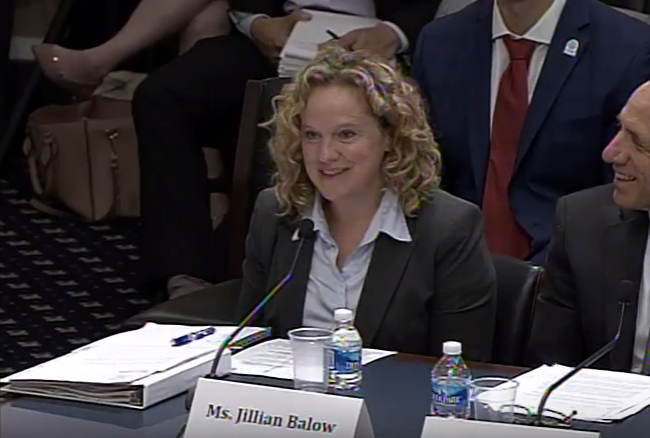CHEYENNE – The 2015-16 Science, Technology, Engineering, and Math (STEM) Educators of the Year were honored at the 2016 Roadmap to STEM Conference in Rock Springs August 1.
Over a dozen nominations were submitted and reviewed by a selection committee at the Wyoming Department of Education (WDE). Guy Jackson, supervisor of the WDE Career Technical Education Section, says the WDE recognizes exemplary STEM educators from elementary, secondary, and postsecondary levels of education each year.
“Teachers instill inspiration and wonder in their students everyday whether a STEM teacher, language arts teacher, art teacher or career technical education teacher,” said Jackson. “We recognize and thank all these educators for what they do and the time they invest in developing their students for our future.”
STEM Elementary Educator of the Year
Mrs. Christine Horsen, First Grade Teacher, Meeteetse Schools

Mrs. Horsen combines her knowledge of the Big Horn Basin’s rich geologic resources to incorporate STEM into the Meeteetse Elementary Summer School Program. Last summer, students built robots and went on a field trip to Red Lake to deploy them, learning about fossils and rock formations. This year, students experienced an archeological dig on school grounds, then analyzed and discussed their findings.
“I truly believe that you’ve got to help kids love learning and I think it’s essential in the lower grades,” said Mrs. Horsen. “STEM education allows children to be curious. It brings out that excitement in learning, and it’s vital.”
Students use their iPads in Mrs. Horsen’s class to search the internet for resources to use in her brown bag challenges and science days. Last year, every student produced a personally relevant invention to solve a real world problem.
In order to entice girls to STEM, Mrs. Horsen started GEMS (Girls Excelling in Math and Science) for all elementary girls in the school. She has incorporated many experiments, and has also brought many scientists in the community to the school to talk about their careers.
“The mantra in Meeteetse is, ‘We want students to think and act like scientists’ and Christine starts that in the first grade,” said Jay Curtis, Superintendent of Park County School District #16. “Her style, her flair, and her excitement is something that truly impacts the students in her class and they are excited to learn because she is excited to teach.”
2016 STEM Elementary Educator of the Year Video
STEM Secondary Educator of the Year
Mrs. Teresa Strube, Middle School Science and Math teacher, UW Lab School

“It’s a bit unusual for science and math teachers to form strong partnerships with the librarians in a school, but Mrs. Strube is the exception! She works closely with my staff to create and teach innovative technology electives,” said Dr. Margaret Hudson, principal at the UW Lab School.
These elective courses, offered quarterly for the past two years, have included building raspberry pi, robotics exploration, programming Sphero robots, and a girls-only technology course.
Mrs. Strube is keen to assess her work as a teacher and find multiple strategies to achieve goals, such as involving more middle school girls in the technology electives. This past fall, she took 20 middle school students to a regional library conference, where the students presented their experiments to a large group of teachers and librarians.
“Teaching with technology has always been important, but allowing students the opportunity to use it is going to help them in any field that they go into,” said Mrs. Strube. “There are jobs out there that don’t exist for us that they’re going to have to be prepared for, and to be able to present them with the newest, cutting-edge stuff is extremely important to me.”
Co-workers and parents agree that Mrs. Strube’s encouragement of students to be technological leaders requires a great deal of willingness, planning, and open-mindedness. She’s “tough but fair” and students respect her knowledge, enthusiasm, high expectations, and non-gendered support of STEM learning.
“She is kind and generous in mentoring her student teachers and in partnering with other teachers in the school. Her attitude is positive, and her answer is almost always “yes!” when approached with a new idea. The world could use more teachers like Mrs. Strube,” added Dr. Hudson.
2016 STEM Secondary Educator of the Year Video
STEM Post-Secondary Educator of the Year
Dr. Edwin C. Bittner, Jr. VMS, Veterinary Technology Instructor, Eastern Wyoming College
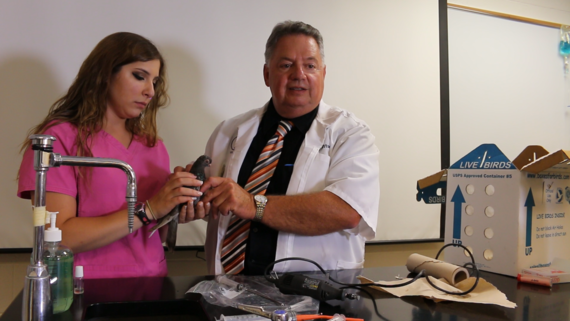
Dr. Bittner draws on a wealth of knowledge from over 30 years in practice and integrates emerging information to make his courses unparalleled in their quality and content.
“He’s very consistent with his high standards and all of the students strive to meet those high standards,” said Dr. Susan Walker, EWC’s Veterinary Technology Program Director.
“The good thing that sets Dr. Bittner apart from all the other instructors is that he can make something that seems so out-of-the-way and so difficult to comprehend just more interesting to learn,” said EWC student Diandra Turner.
Dr. Bittner is frequently contacted by veterinary hospitals and wildlife rehabilitation facilities to recommend students for jobs or internships, and program alumni contact him looking for advice. He was integral in setting up regional vaccination clinics in which students not only gained knowledge and experience, but were also publically promoted as necessary members of the veterinary health-care team.
Dr. Bittner says STEM education allows him to provide a student-oriented and hands-on program: “We want our students to succeed by earning a grade and being competent in the career field when they leave here. I’ve found we can make lemonade out of lemons because we may have students that are very grounded in math and others not at all, and this gives us an opportunity to all rise to the level of the expectation of the class by not only the instructor helping, but the other students helping.”
Dr. Bittner is constantly developing and refining his teaching methods. As faculty identify areas where students are deficient in their knowledge or need remediation, he has been able to address those areas by developing new courses, including an innovative math course. He was also integral in developing biology and chemistry courses specifically for veterinary technicians.
2016 STEM Post-Secondary Educator of the Year
– END –
Media Contact:
Kari Eakins, Communications Director
kari.eakins@wyo.gov
307-777-2053
